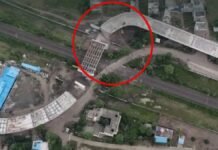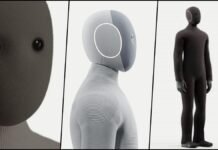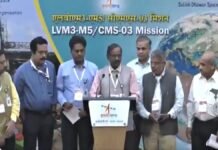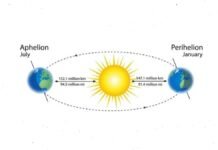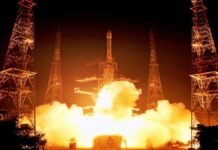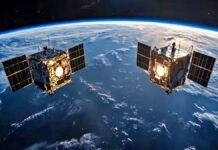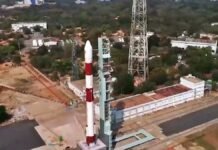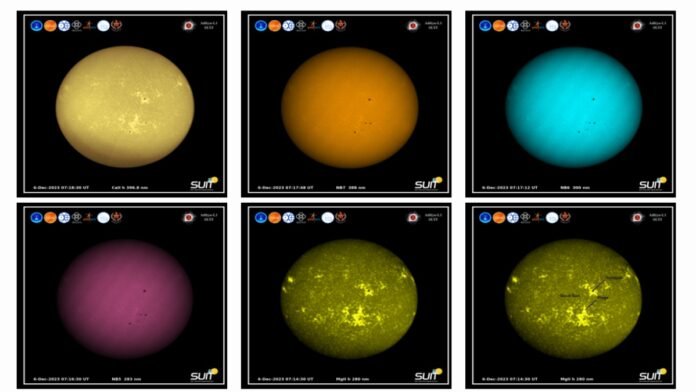
New Delhi: The Indian Space Research Organization (ISRO) has announced a remarkable achievement in solar observation and research. The Solar Ultraviolet Imaging Telescope (SUIT) aboard the Aditya-L1 spacecraft has captured the first full-disk images of the Sun in near-ultraviolet wavelengths. These images provide unprecedented information about the Sun’s photosphere and chromosphere, the two layers that are crucial for understanding various solar phenomena.
The Sun’s photosphere and chromosphere
The Sun is a complex and dynamic star that emits radiation across the electromagnetic spectrum. The visible ‘surface’ of the Sun is called the photosphere, which has a temperature of about 6000°C. The photosphere is the layer from which most of the sunlight we see originates.
Above the photosphere, there is a thin and transparent layer called the chromosphere, which has a temperature of about 10,000°C. The chromosphere is the layer where most of the solar activity, such as sunspots and flares, occurs. Sunspots are dark regions on the photosphere that are caused by magnetic fields. Flares are sudden bursts of high-energy radiation that are released from the chromosphere.
The photosphere and the chromosphere are important for studying the Sun’s magnetic field, which influences the solar wind and the space weather. The solar wind is a stream of charged particles that flows from the Sun and interacts with the Earth’s magnetic field. Space weather is the condition of the space environment that affects the Earth’s atmosphere, climate, and technology.
The Aditya-L1 mission
The Aditya-L1 mission is the first space-based observatory to study the Sun. It was launched into low Earth orbit (LEO) on September 2, 2023, by an Indian rocket, Polar Satellite Launch Vehicle-XL (PSLV-XL), from the Satish Dhawan Space Center in Sriharikota. The total journey from launch to L1 will take Aditya-L1 approximately four months and the distance from Earth will be approximately 1.5 million km.
The Aditya-L1 spacecraft is studying the Sun from a halo around the Lagrangian point ‘L1’, which is a point of gravitational equilibrium between the Sun and the Earth. At L1, the spacecraft can observe the Sun continuously without any interruption from the Earth or the Moon. The Aditya-L1 spacecraft carries six scientific instruments to measure various aspects of the Sun and the solar wind.
The Solar Ultraviolet Imaging Telescope (SUIT)
The Solar Ultraviolet Imaging Telescope (SUIT) is one of the six instruments on board the Aditya-L1 spacecraft. It is designed to capture the full-disk images of the Sun in near ultraviolet wavelengths, ranging from 200 to 400 nanometers. These wavelengths are not visible to the human eye, but they are essential for studying the photosphere and the chromosphere of the Sun.
The SUIT instrument has a 50 cm diameter mirror and a 16-megapixel detector. It can capture images with a resolution of about 2 arcseconds, which means it can distinguish features as small as 1500 km on the Sun’s surface. The SUIT instrument can also measure the intensity and polarization of the near ultraviolet radiation, which can reveal the properties of the solar magnetic field.

The SUIT instrument captured the first full-disk images of the Sun in near ultraviolet on December 8, 2023. These images are the first of their kind and they provide valuable information about the Sun’s photosphere and chromosphere. The images show the distribution of the temperature, density, and magnetic field of the Sun’s atmosphere. They also show the location and size of the sunspots and flares, which can affect the solar wind and the space weather.
The Aditya Solar Wind Particle Experiment (ASPEX)
The Aditya Solar Wind Particle Experiment (ASPEX) is another instrument on board the Aditya-L1 spacecraft. It consists of two state-of-the-art instruments: the Solar Wind Ion Spectrometer (SWIS) and the Suprathermal and Energetic Particle Spectrometer (STEPS). These instruments are designed to measure the composition, energy, and direction of the solar wind particles, mainly protons and alpha particles.
The STEPS instrument was launched on September 10, 2023, and is expected to be activated soon. It will measure the suprathermal and energetic particles, which are the particles that have higher energy than the average solar wind particles. These particles are produced by various processes, such as flares, shocks, and reconnection, in the Sun’s atmosphere and the interplanetary space. The STEPS instrument can help understand the sources and mechanisms of these particles, as well as their effects on space weather.
The Aditya-L1 mission is a landmark achievement for ISRO and India in the field of solar observation and research. The mission will provide new insights into the Sun’s structure, dynamics, and variability, which are essential for understanding the Sun-Earth system and its impact on our planet. The mission will also contribute to the global efforts of solar physics and space weather forecasting. The Aditya-L1 mission is expected to operate for at least five years and will continue to deliver valuable data and images of the Sun.

















